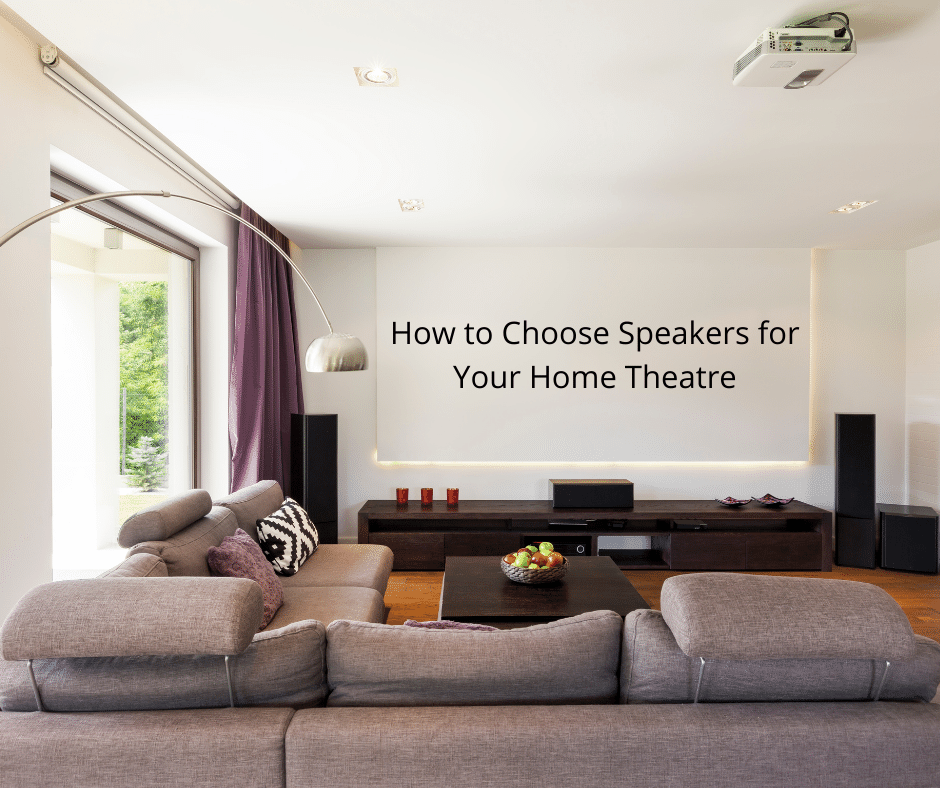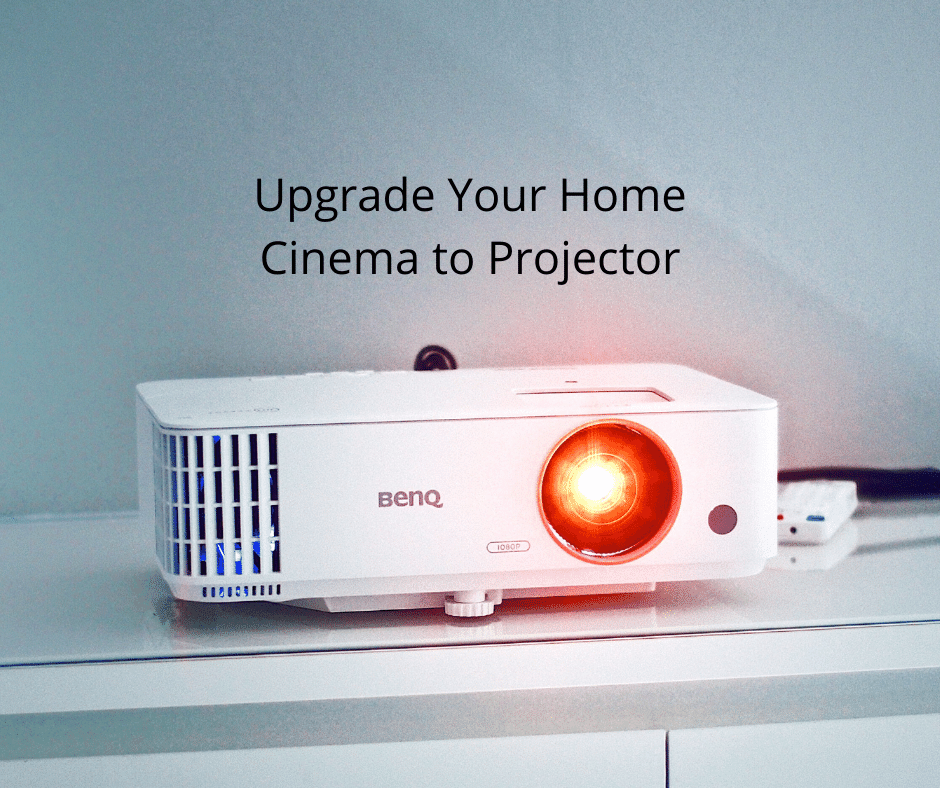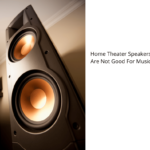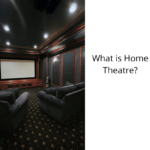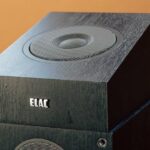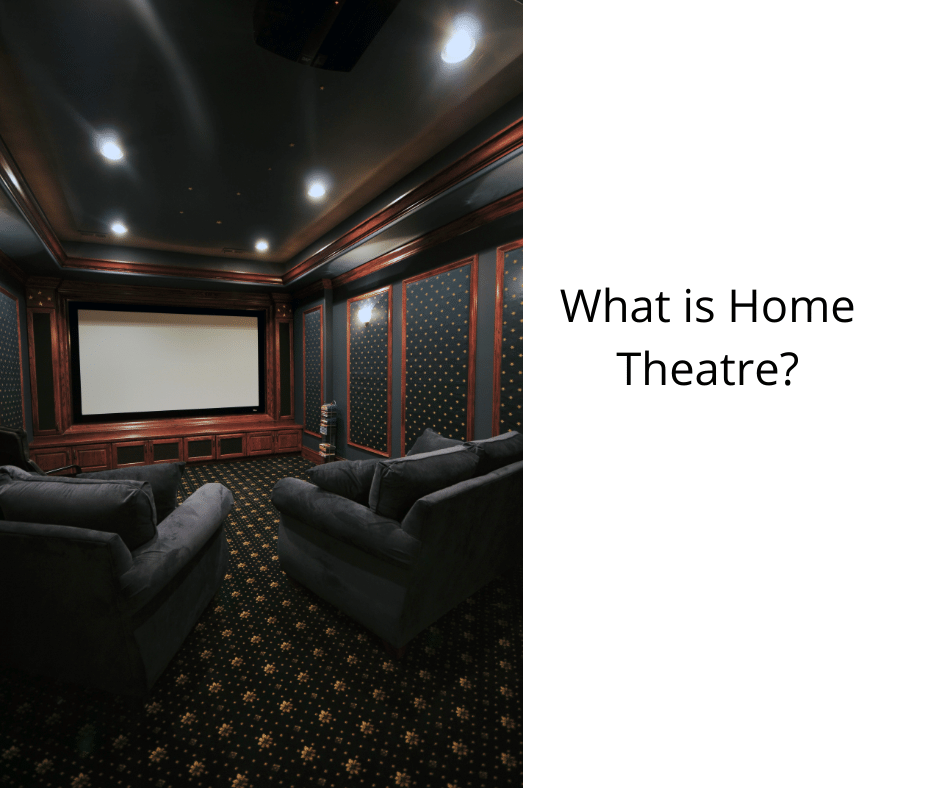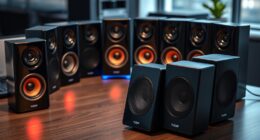When purchasing speakers for your home theater, there are several factors to take into account. You need to consider the type of material you will be playing, as well as the size of the room in order to achieve the desired audio quality. It is important that the speakers are large enough to project the voice and ambient sounds effectively. Additionally, the placement of the speakers is crucial. Center speakers are recommended for surround sound, while bipole speakers are ideal for stereo sound. Depending on the size of the room, you may need multiple speakers for your home theater.
Dolby Atmos
If you’re a movie buff, you can use a Blu-ray player to enjoy the latest high-definition movies in Dolby Atmos. But to enjoy this surround sound experience, you’ll need a receiver or soundbar that supports the Dolby Atmos format. The disc you’ll be using must also feature a Dolby Atmos soundtrack. When purchasing a Dolby Atmos-enabled receiver or soundbar, the following are some things to consider.
First, you must ensure that your Atmos speakers are installed in the correct positions. Dolby recommends that Atmos speakers be installed on left and right sides of the theatre. You can also place your speakers in the center of the room or along the ceiling. However, be aware that ceiling speakers create a directional sound. Regardless of your choice, a good home theatre system will ensure that everyone can experience a truly immersive movie experience.
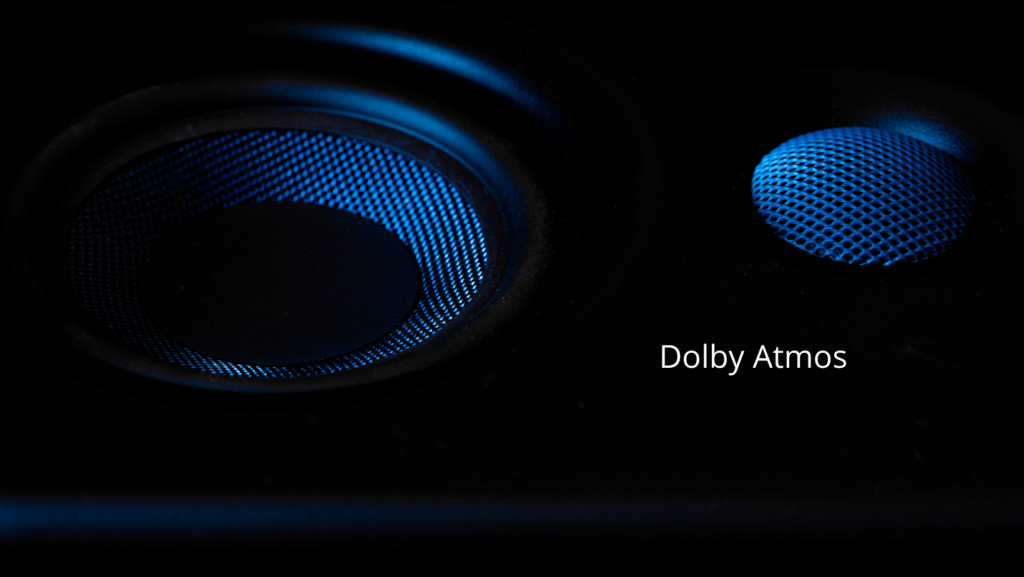
Using a Dolby Atmos speaker system will make all your movies sound better. The sound is more immersive and the action on the screen seems to be taking place all around you. Some speakers may be easier to install or set up than others. But this new technology’s benefits make it worth the extra investment. You’ll be pleasantly surprised by the difference it makes. So, when buying a new home theatre speaker, remember to read up on the various options available.
Adding Dolby Atmos speakers will give you an authentic 3D surround sound experience. If you’re a music lover, you can get the Dolby Atmos sound experience on your stereo headphones. The technology can stream music from other devices like smartphones or streaming services. Then, you can enjoy the sound of Dolby Atmos music on your iPhone, smartphone, or Android TV.
Bipole Speakers
Bipole speakers are an excellent option for enhancing the sound of your home theater system. They work by firing sound outwards from a monopole speaker, but they do so in phase. This means that the drivers travel at the same excursion point, which gives you the sound you hear from both sides of the room. Bipole speakers are a good choice for home theatre sound because they produce a more constant sound that is not localized.
A bipole speaker is perfect if you have a big room to fill. Its dual tweeters will diffuse sound, so you won’t hear annoying hotspots. It is also an excellent choice for music and gaming. Its phase correlation makes it easy to place a bipole speaker, and many dipole speakers are available for either mode. However, a bipole speaker will be a good fit if you’re mainly interested in home theater sound.
Bipole surround speakers use two drivers in each speaker cabinet. They produce sound in two directions, toward the room’s front and rear. Like their counterparts, bipole surround speakers are best for movies and music. They are commonly mounted on side walls. This ensures that they produce a good balance of bass and sound from all directions. You can even place them in two different locations within the room. This means you can choose which speakers best match your room acoustics.
A dipole speaker uses two sets of drivers on opposite sides of a wedge-shaped enclosure. The rear array is 180 degrees out of phase with the front array. As a result, the sound coming from the rear array is effectively canceled out. The level drop is 8 to 12 dB, so you will need to set a speaker level higher than the dipole speakers. This means you will experience a wider range of sound than a purely single-sided speaker.
Dipole Speakers
If you want to improve the sound of your home theatre, you may want to invest in some dipole speakers. Dipole speakers are wedge-shaped and feature two sets of drivers on opposite sides. This arrangement produces an out-of-phase sound pattern in which sound from one side is distributed to the listener while sound from the other side is canceled. The result is a sweet spot or null. Dipole speakers are an excellent option for smaller rooms, as they allow you to place two or three speakers on each side of the room.
They’ll work best if you install these speakers across from the main listening area. This placement puts you in a “node” that allows sound waves to be heard from all sides of the room. Monopole speakers can also be used for the back surround channel, but most professionals prefer to use the same speaker for the front and rear surround channels. Dipole speakers also tend to produce the best sound quality when positioned in corners because they’re closer to the listener.
The only drawback to using dipole speakers for home theater sound is that the sound from both sides of the cabinet will be slightly different. Each driver will be out of phase, but both sound sources will be reflected back and forth across the room. If you’re looking for a better home theater experience, you might want to consider bipole speakers. Their flexibility will save you money and time, and you can own only one set of surround speakers.
The room is the most critical factor in home theater sound. The best sound quality will depend on the placement of the speakers and the room’s acoustics. Direct radiating surrounds are ideal for large, multi-seat theatres, while directional speakers are not the best choice for smaller rooms. And remember, the best sound is always relative. Consider the size and shape of your room when deciding on a speaker system.
Center Speakers
The center speaker is an essential part of the home theatre system. Its purpose is to anchor dialogue and another sound to the screen. This speaker is ideal for family movie nights. However, there are a few things you should consider before purchasing one. The size of the unit is important, as is the placement in the room. A center channel should be placed at least 40 cm from the floor, angled slightly upwards, and facing the screen.
The Fluance signature series center channel speakers are built to maximize the best qualities of home audio. Designed to be placed above or below the projector screen, the Fluance NS-C210BL delivers impressively detailed sound. The speaker’s ultra-high-end Neodymium tweeter provides a smooth high-frequency response, making it a great choice for home theater sound. Its center channel features a built-in eq and leveling control for optimum sound quality.
The size of the center channel speaker should be similar to the size of the front main speakers. It should also have tweeters to provide high-frequency sound. And the frequency response should be wide. And don’t forget to include the tweeter in the center channel speaker, as this is responsible for producing high-frequency sounds. A large-diameter tweeter will also give you the best surround sound. The best ones should be of similar size and shape when comparing center channel speakers.
While there are some differences between the two types of speakers, the center speaker should always be considered as the unsung hero of your home theatre system. It is responsible for creating a realistic sound stage and distinguishing movie dialogue. An effective center speaker will present all vocalizations clearly and harmoniously. And if you’re looking to maximize the sound quality for home theatre use, the best center speaker should be at the heart of your system.
Surge Protectors
When it comes to protecting home theatre sound systems, surge protectors are a necessity. The CyberPower 1030HT Home Theater Surge Protector offers 6000 joules of surge protection and ten outlets. The surge suppressor features metal oxide varistor technology and data line protection. Its composite interior and silver metal overlay shell provide high protection. Its 16 LEDs provide full visual diagnostic information.
A surge protector is an insurance policy for your expensive electronics. Power surges can damage expensive electronics, including home theatre sound systems. A home theatre surge protector is an excellent way to protect your electronics from power surges and investment. There are several types of surge protectors on the market. You should choose the one that fits your home theater the best. Ideally, it should include eight rotation outlets and four stationary ones.
The surge protector must also have diagnostic LEDs to confirm that it is still protecting your equipment. If you are experiencing power surges often, the protective circuitry may burn out. You should choose a unit that covers all three lines and full normal mode for home theater sound systems. You should also select a surge protector that protects all inputs. You may also want to invest in an extra surge protector for additional outlets.
In addition to protecting home theatre equipment, surge protectors can protect your video gaming console, cable box, and stereo equipment. Depending on the model you choose, it will protect your computer modems, DBS receivers, and other electronics that require power. Surge protectors for home theater sound can be expensive, but they’re worth the money. This way, you can enjoy your home theater equipment even after a storm.
Hello, I’m Art, and I’m excited to be a part of the 1Home Theatre Projector team. As a writer, I’m here to contribute my knowledge and insights to help you achieve the ultimate home cinema experience. I understand that making decisions in the world of home entertainment can be complex, and I’m here to simplify the process for you.
